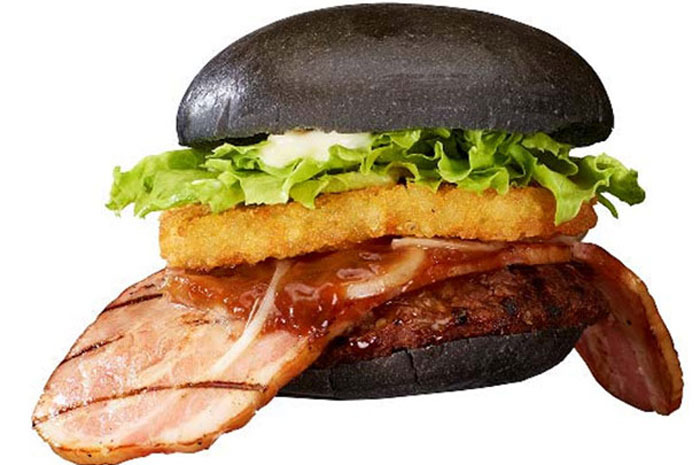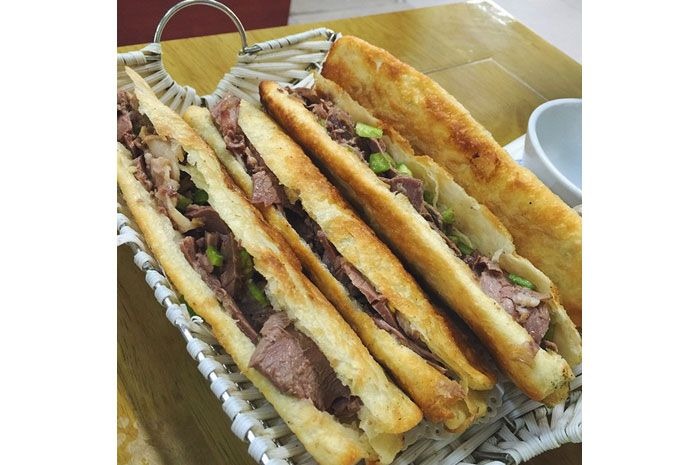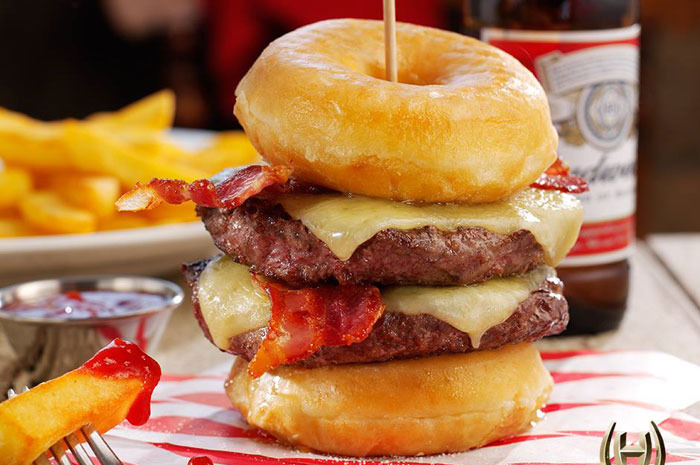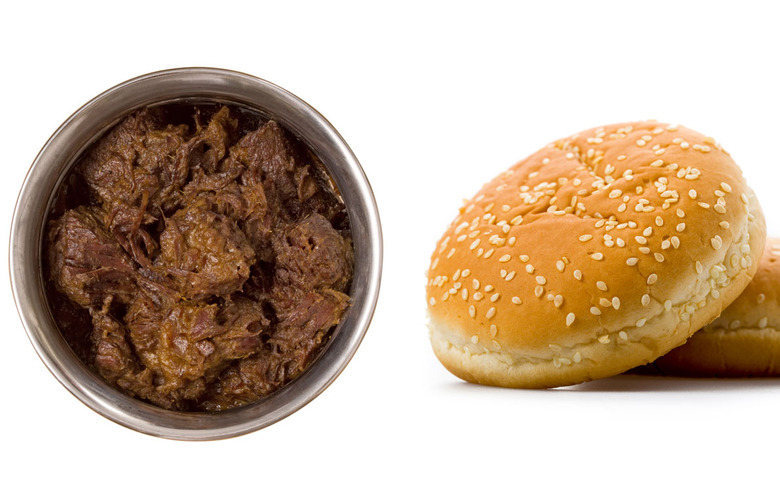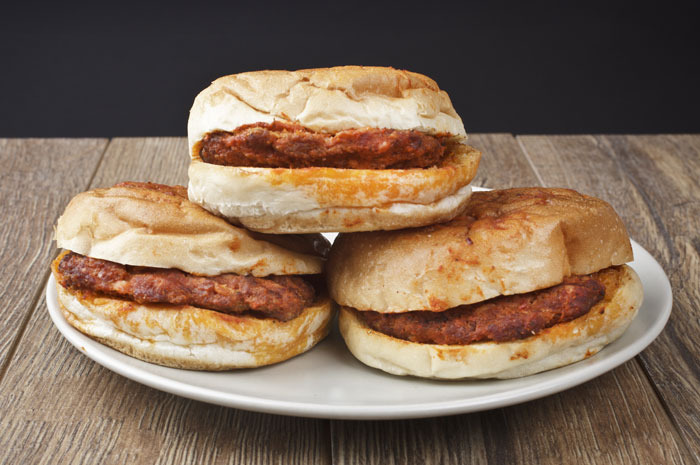How The World Tops Its Burgers
One of the many reasons that burgers are so appealing is that they are extremely versatile. While purists may lead the rallying cry against toppings, filler, or condiments of any kind, the truth is that you can fill them with meats or grains or vegetables; pile them high with lettuce, tomatoes, and onions; or just slather ketchup, mustard, or your own version of "special sauce" on top. No matter what, they'll still be delicious — and, as this list will show you, they're the perfect canvas for experimentation, something that has been done with this American culinary icon liberally Here are nine different ways the world tops, dresses up, and modifies hamburgers to fit local tastes.
Aussie Burger (Australia)
In Australia and New Zealand, when you order a burger with "the lot," what you get is a burger topped with pickled beets, a grilled pineapple ring, a fried egg, and spicy mayonnaise. Cheese and bacon are optional. You can order it almost anywhere that serves burgers Down Under, but if you're near Brooklyn, head to Five Leaves in Greenpoint.
Black Burgers (Japan)
Both McDonald's and Burger King in Japan serve burgers with buns that are dyed jet black using squid ink. In some locations, the cheese and sauce are also black. However, pictures from real life show the bun is actually more like charcoal — similar to faded black jeans. The taste is reportedly very peppery.
Bøfsandwich (Denmark)
Bøfsandwich is sort of like poutine, except the burger, not the fries, is covered in gravy. In the Jutland region in northern Denmark, the bøfsandwich is typically served with sliced beets on the inside and brown gravy poured over the top. If it interests you, you can eat it at Hyttefadet, a burger joint by the water in the town of Hirtshals.
Bun Kebab (Pakistan)
Bun kebab, a popular street food in Pakistan, consists of a spice-infused fried meat, egg, or lentil patty — beef and egg is the most popular combination — topped with onions, chutney, and/or raita in a hamburger bun. If you want to make it at home, use our recipes for homemade hamburger buns, shami kebab patties, raita, and mint chutney.
Donkey Burgers (China)
It is perhaps unfair to say that the donkey burger is a variation on the American-style hamburger, as donkey meat has been eaten in the Hebei Province of China since the Ming dynasty. Nevertheless, it is a burger-like dish that just so happens to use donkey rather than beef. If you're in Beijing, make sure you hop on Bespoke Travel Company's Street Snacks Tour to sample some of this "pastrami-like" burger.
Double Donut Burger (United Kingdom)
Though there is no evidence of it on their current menu, the U.K. pub chain Hungry Horse once served a double bacon cheeseburger in between two glazed doughnuts at about 2,000 calories and 53 grams of saturated fat. Its absence is probably for the best. The single-patty version of this burger is no stranger to the United States, where it is called a "Luther Burger" and served at a few restaurants around the country.
Rendang Burger (Singapore)
The rendang burger has also been adopted by both Burger King and McDonald's, but unlike the black burger (or even the white burger, which Burger King Singapore serves), we can see why. Even Wendy's in Singapore added some rendang to their menu, because of its growing popularity. It is just regular patty topped with the spicy coconut-based sauce. Yes, please.
Rice Burger (Taiwan)
Before the ramen burger, there was the rice burger. The chain MOS Burger released this burger, which swapped buns for compressed rice patties, in 1987. These burgers are popular all over East Asia, and have many regional varieties. For example, MOS Burger in South Korea serves a version with kimchee.
Wet Burger (Turkey)
A wet burger may not sound too appetizing — until you realize that it's dipped in a garlicky, tomato-based sauce and kept in a steam box so the flavors marinate. Drunk or sober, this street food is a creative, interesting, and delicious interpretation of a hamburger.
